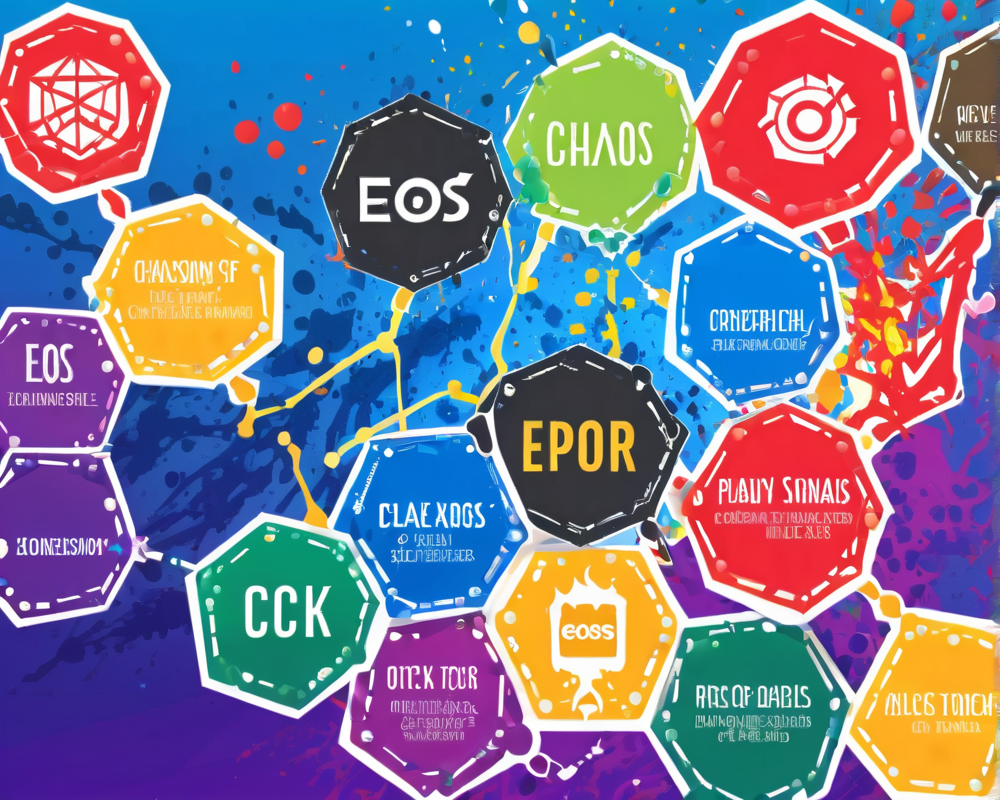The Emergence of Governance Turmoil
Another week, another squabble for the beleaguered EOS blockchain. Recently, criticism has been pouring in for the platform’s questionable decentralization and shaky technical stability, leading to a full-blown governance crisis. As dual roles of authority and moderation clash, we find ourselves wondering if this wasn’t all predicted in a digital prophecy crafted by the oracles of blockchain.
Block Producers: Can They Make Up Their Minds?
The crux of the issue stems from EOS being governed by twenty-one Block Producers (BPs) elected by token holders. These not-so-ordinary folks validate transactions under the Delegated Proof of Stake consensus mechanism. When issues arise, however, these BPs often find themselves playing a game of telephone. Case in point: when a Block Producer, EOS42, raised alarms about $15 million worth of compromised accounts, BPs turned to the EOS Core Arbitration Forum (ECAF) for guidance.
Freezing Accounts: A High-Stakes Decision
Upon realizing ECAF was experiencing a technical hiccup (or perhaps existential crisis), the BPs held an emergency meeting and decided to freeze seven suspicious accounts. Cue the outrage on crypto Twitter! Decentralization maximalists were out in force, condemning this act as blatant power abuse. It’s like watching a high school drama unfold at the prom—an emotional rollercoaster, if you will.
A Regulatory Ruckus
Fast forward to June 22, and ECAF returned with another order involving a whopping 27 more accounts. Just when you thought it could not get any crazier, the order itself resembled a poorly crafted screenplay—vague orders asking BPs to validate them. This sent a wave of confusion ripple through the crypto-sphere, complete with hoax orders and varying responses from different BPs. It was like one big chaotic family reunion, complete with missed announcements and failed communications. Some BPs even considered suing each other, which sounds like a great way to ruin the Christmas dinner.
The Deep-Seated Problems
If we’ve learned anything from the recent fiasco, it’s that the ECAF, as it currently operates, is about as effective as a screen door on a submarine. It primarily functions outside the blockchain, which leaves a slippery slope of misinterpretation and miscommunication. Quite frankly, their rules for dispute resolution existed only as futile discussions haunting digital forums. If EOS wants to be a properly governed blockchain, it needs a competent mechanism to handle disputes—anything less will leave its community scratching their heads.
The Road to Recovery
In the midst of chaos, Dan Larimer, EOS’ chief technology officer and the project’s brainchild, shared his vision for a revamped governance structure, proposing a mix of Free Form Contracts with a sprinkle of Ricardian Contracts for that extra zest. This is meant to combine the strict letter of code and the unintended consequences of its execution, thus paving a path toward a fairer governance approach. Essentially, it’s the ultimate balance of justice—consider it a blockchain version of checking your references before hiring someone.
With proposals for a constitutional referendum and renewed community engagement, Larimer’s ideas could reshape EOS’ future. A shift in the governance paradigm might just create harmony where there was once discord—offering the community a glimmer of hope amidst the madness.




